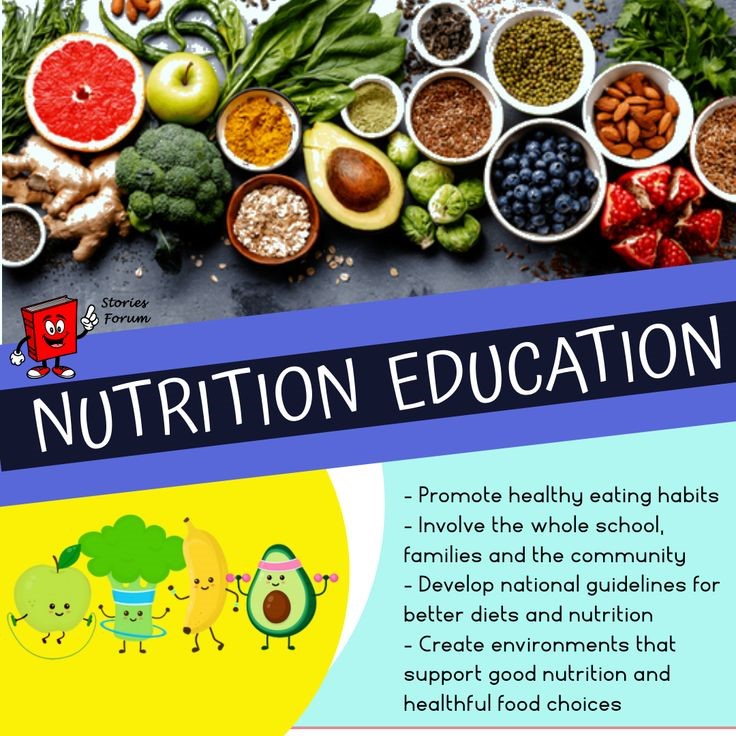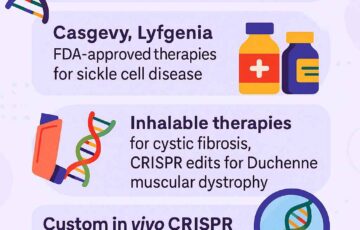Teaching Children Healthy Eating Habits Through Schools
Teaching Children Healthy Eating Habits Through Schools
Syllabus:
GS-2:
Issues Relating to Poverty & Hunger
GS-3:
Agricultural Resources
Focus:
The Nutrition for Growth (N4G) Summit in Paris and the extension of the UN Decade of Action on Nutrition till 2030 have renewed global focus on combating malnutrition. It highlighted the urgent need to shift from merely feeding children to educating them on nutritious, diverse, and sustainable food habits.
Introduction to the Need for Nutrition Education
- Global Attention on Nutrition: The Nutrition for Growth (N4G) summit and the extension of the United Nations Decade of Action on Nutrition (2016-2030) aim to tackle global malnutrition.
- Focus Beyond Food Access: The global approach is shifting from food access to the more complex aspects of nutrition education, focusing on what children eat, how they eat, and why they eat.
- Wider Connection to Development Goals: Nutrition is connected to education, equity, and environmental sustainability, playing a role in overall human development.
Definition and Scope of Nutrition Education:● Nutrition Education is the process of imparting knowledge and skills to help individuals make informed food choices for better health. ● It aims to promote balanced diets, nutrient awareness, and healthy eating behaviors to prevent diseases and improve well-being. Sub-Avenues of Nutrition Education ● Basic Nutritional Knowledge ○ Understanding essential nutrients (carbohydrates, proteins, fats, vitamins, minerals). ○ Learning about their roles in bodily functions and overall health. ● Dietary Planning ○ Meal planning based on individual nutritional needs. ○ Awareness of appropriate portion sizes and food group balance. ● Specialized Nutrition ○ Custom diets for chronic illnesses (diabetes, cardiovascular diseases). ○ Sports nutrition for performance and recovery. ● Food Safety and Preparation ○ Teaching safe food handling and storage. ○ Encouraging healthy cooking techniques to retain nutrients. ● Behavioral Change Strategies ○ Using goal-setting, self-monitoring, and motivational tools to change eating habits. ● Community and Public Health ○ School and workplace nutrition programs. ○ Advocacy for healthy food policies and environments. Importance of Nutrition Education ● Prevents and manages diseases like obesity, diabetes, and heart disease. ● Improves quality of life through better energy, mood, and mental performance. ● Reduces long-term healthcare costs and boosts public health outcomes. Evolution of Nutritional Security Programmes in India:● 1950s-1970s: Focus on food sufficiency through PDS; launch of ICDS (1975) and Balwadi Nutrition Programme for maternal and child nutrition. ● 1980s-1990s: Post-Green Revolution, schemes like Mid-Day Meal Scheme (1995) and National Nutrition Policy (1993) expanded nutrition access. ● 2000s-2010s: Shift to rights-based approach with NFSA (2013), micronutrient interventions (iron, folic acid supplementation), and POSHAN Abhiyaan (2018). ● 2020s-Present: Integrated models through Poshan 2.0 (2022), Millets Promotion (2023), ONORC, and Health & Wellness Centres under Ayushman Bharat. |
The Importance of Nutrition in the First 1,000 Days and Beyond:
- The Critical 1,000 Days: Traditionally, efforts to address malnutrition have focused on the first 1,000 days (from conception to two years), emphasizing this as a critical window for preventing malnutrition.
- Extending the Focus to 4,000 Days: It is now recognized that the next 4,000 days (adolescence) is equally important for physical, emotional, and behavioral growth. Adolescence is a phase where growth spurt occurs, offering a second opportunity to address early deficits.
- Preventing Future Health Issues: Proper nutrition during this phase can help children catch up on growth, laying a foundation for long-term health.
Challenges in Modern Children’s Diets:
Complex Food Choices in a Modern World
- Overabundance of Food: Today’s children are exposed to food everywhere, easily accessible via apps and heavily marketed This makes choosing nutritious foods increasingly complex.
- Lack of Knowledge and Skills: Many children lack food literacy, often influenced by peer pressure, advertising, or habits rather than nutritional knowledge.
- Unhealthy Eating Habits: Skipping breakfast, low intake of fruits and vegetables, and high consumption of sugary and processed foods have become common in children’s diets.
Declining Dietary Diversity
- Dietary Diversity and Its Importance: Dietary diversity is a key indicator of a healthy diet. The UN’s Minimum Dietary Diversity measures whether children eat at least five of ten food groups, a benchmark for good nutrition.
- Nutritional Gaps: In many regions, especially in India, children’s diets lack variety, which harms their health and reflects deeper issues in food systems and education.
- Connection to Long-Term Health: Poor diets in childhood are linked to childhood obesity, chronic diseases like diabetes, and mental health issues. Research indicates that 70% of preventable adult diseases stem from childhood eating habits.
The Need for Nutrition Education in Schools:
Current Shortcomings in Food and Nutrition Education
- Lack of Curriculum: Food and nutrition education is missing or outdated in most classrooms. Teachers often lack training, and learning resources are insufficient, making it hard to teach children to eat well.
- Absence of Structured Education: Without a structured curriculum and age-appropriate guidance, schools struggle to offer meaningful lessons on food, nutrition, and health.
A Proposed Curriculum for Nutrition Education
- Comprehensive Approach: The curriculum should include lessons on how the human body works, the importance of diverse foods, and how food systems impact the environment.
- Promoting Bio-Diverse Diets: Schools should promote bio-diverse diets, emphasizing local, seasonal, and culturally familiar foods. These diets offer better nutrition, support local farmers, and reduce environmental impact.
- Integration into School Life: Teaching about food should not be limited to one-time events but should be integrated into regular school life, including weekly lessons, healthy school canteens, kitchen gardens, and cooking sessions.
Action Plans and Global Examples:
Best Practices from Around the World
- Global Success Stories: Schools globally have implemented initiatives like growing vegetables, cooking meals, and teaching students to read food labels. These activities help children understand how their food choices affect health and the environment.
- Indian Initiatives: In India, the National Education Policy and School Health and Wellness Programme have created opportunities for integrated learning about nutrition, though further steps are needed.
Recommendations for India
- Clearer Structure and Comprehensive Curriculum: India needs a clear structure for food and nutrition education, including dedicated weekly sessions throughout the academic year, proper learning materials, and well-trained teachers.
- Children as Influencers: Children should not only learn but also act as agents of change. With proper education, they can influence their families, schools, and communities by promoting healthy eating, reducing food waste, and improving school meals.
Empowering Children for a Healthier Future
- Broader Impact: Teaching children to eat well is not just about food; it’s about health, cultural understanding, respect for the environment, and growing into responsible citizens.
- A Call to Action: The world faces the dual burden of under-nutrition and overconsumption, coupled with climate change and cultural loss. Food literacy is no longer a luxury but a necessity for future generations to thrive.
Challenges:
- Lack of Food Literacy: Most children lack basic knowledge about nutrition, dietary diversity, and healthy food habits.
- Unstructured Curriculum: Food and nutrition education is often missing or outdated in school syllabi.
- Inadequate Teacher Training: Teachers are not equipped with the tools or training to deliver meaningful nutrition education.
- Overexposure to Junk Food: Children are constantly targeted by marketing for processed, sugary foods, shaping unhealthy eating habits.
- Poor Dietary Diversity: Most children do not consume at least five food groups daily, leading to hidden hunger and malnutrition.
- Weak Implementation: Though policies exist, like the School Health and Wellness Programme, execution remains fragmented and inconsistent.
Way Forward:
- Integrate Nutrition into Curriculum: Design age-appropriate, structured food and nutrition modules from preschool to middle school.
- Promote Biodiverse Diets: Emphasize local, seasonal, and traditional foods to improve nutrition and sustainability.
- Hands-On Learning: Introduce school gardens, cooking classes, food label reading, and meal planning activities.
- Train Educators: Provide specialized training and resources to teachers to build their capacity in food education.
- Engage Children as Influencers: Empower students to lead campaigns, reduce food waste, and influence community practices.
- Policy Support: Ensure strong political and administrative commitment to mainstream food literacy across all schools.
Conclusion :
Addressing childhood malnutrition requires more than food access. Food literacy must become integral to school education, involving structured curriculum, teacher training, and hands-on learning. By empowering children with knowledge about health and sustainability, we can build a healthier, responsible generation capable of influencing communities and shaping future food systems.
Source: TH
Mains Practice Question :
“Malnutrition in children stems as much from lack of education as from lack of food.” In the light of this statement, discuss the role of school-based food literacy in ensuring long-term health, dietary diversity, and environmental sustainability. Suggest measures to integrate nutrition education into the school system effectively





